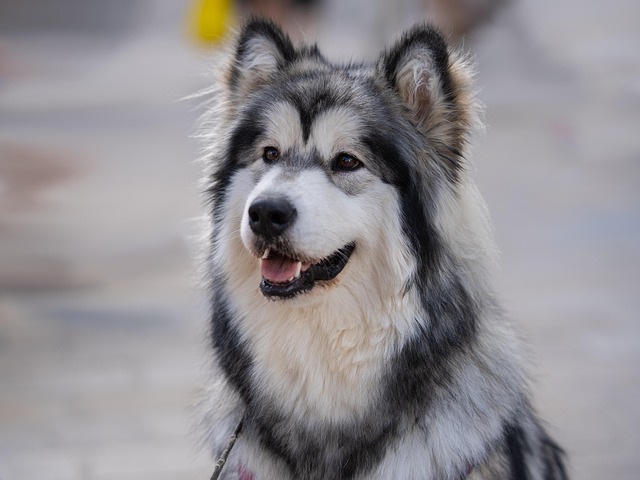
How can I tell if my dog's heatstroke is serious
Let’s be real: It’s a sticky August morning in Los Angeles, and you took your 2-year-old Golden Retriever, Max, for a walk a little later than usual
After a dog has a tooth pulled, their mouth needs time to start healing—and that includes knowing when it’s safe to let them eat again. The first few hours are critical; you’ll notice they might lick their lips more or avoid putting pressure on the side where the tooth was removed. Rushing food here could dislodge blood clots, so patience is key, even if they give you those puppy eyes begging for a treat.
Most vets recommend waiting 4 to 6 hours after the procedure before offering anything. Start with small sips of water to keep them hydrated without irritating the socket. Once they’re drinking comfortably, move to a soupy, room-temperature meal—think canned food blended with warm water until it’s almost liquid. Avoid anything cold or hot, as extreme temperatures can sting the sensitive area.
 By the next day, you can transition to soft, moist food. Kibble soaked in broth works well, or you can use a commercial recovery diet recommended by your vet. Skip hard treats, bones, or chews entirely—even something as small as a dry biscuit can scratch the healing gum. In some regions, animal welfare guidelines emphasize proper post-surgery care, and neglecting diet restrictions could be considered inadequate care, so stick to the plan.
By the next day, you can transition to soft, moist food. Kibble soaked in broth works well, or you can use a commercial recovery diet recommended by your vet. Skip hard treats, bones, or chews entirely—even something as small as a dry biscuit can scratch the healing gum. In some regions, animal welfare guidelines emphasize proper post-surgery care, and neglecting diet restrictions could be considered inadequate care, so stick to the plan.
Watch how they eat. If they’re tilting their head to avoid the extraction site, that’s normal. Let them take their time—no need to rush mealtime. Some dogs might eat less for the first couple of days, which isn’t a problem as long as they’re drinking. If they refuse food for more than 24 hours, call your vet. Dehydration or infection could be setting in, and prompt care is required by law in many areas.
After 3 to 5 days, most dogs can handle their regular food again, but check with your vet first. Breeds with flat faces, like pugs or bulldogs, might need a little longer because their mouth structure makes healing trickier. Also, avoid letting them scavenge in the yard or grab scraps during walks—foreign objects can get stuck in the healing socket, leading to complications.
Proper post-extraction care isn’t just about comfort; it’s part of being a responsible owner. Following your vet’s timeline, monitoring their eating habits, and keeping their food soft initially helps them heal faster. Before you know it, they’ll be chowing down like usual, minus the pain that made the extraction necessary. That’s the goal—happy, healthy mealtimes for your pup, now and in the future.

Let’s be real: It’s a sticky August morning in Los Angeles, and you took your 2-year-old Golden Retriever, Max, for a walk a little later than usual

You're enjoying a summer afternoon at the park when you notice your dog has stopped panting and appears disoriented - their gums are bright red

Let’s paint the picture: You’re in your Denver apartment, watching your 4-year-old Boston Terrier, Ruby, plop down mid-play session with her favorite toy

Many dog owners notice their pets nails seem shorter after regular walks,but how much does this daily activity actually help?The answer depends on where you walk—concrete sidewalks or asphalt streets gently file nails as a dog's paws hit the ground

Most dog owners notice their pup scooting across the carpet at some point, but few connect it to impacted anal glands. These small sacs near a dog’s rectum secrete a scent for marking territory

Most vets agree that regular dog teeth cleaning is key to avoiding painful dental issues later. For healthy adult dogs, a professional cleaning at the vet’s office every 12 to 18 months usually works well.